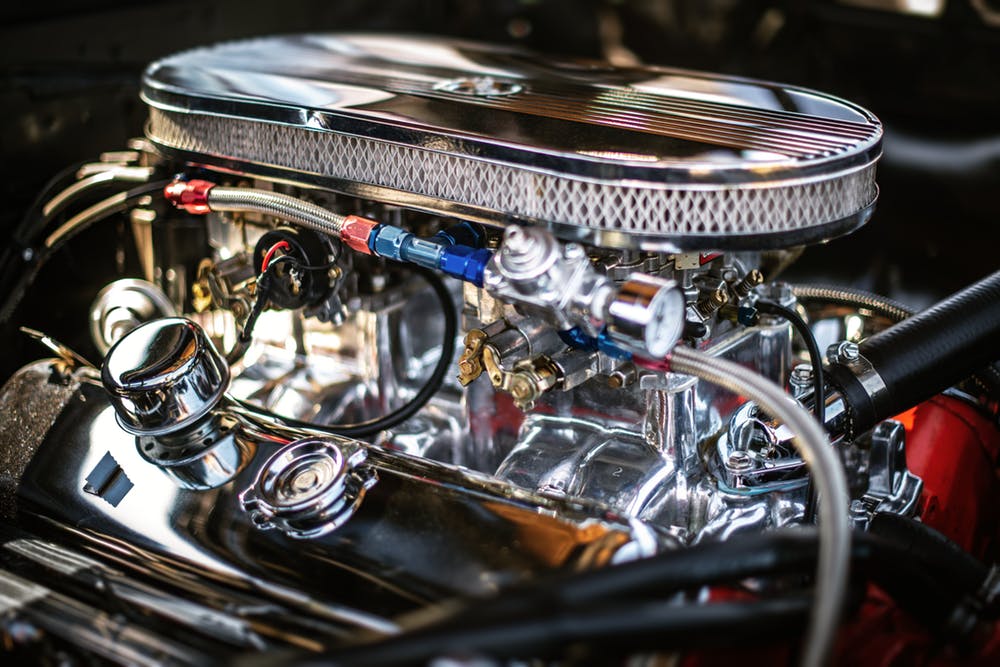Today, small industrial robots are used to execute tasks that are overly hazardous for human workers. As technology evolves, robot manufacturers are developing advanced robots that can handle dangerous, dirty, and dull tasks effectively.
Whether you are an employee or an entrepreneur, you understand that robots can execute some tasks better than humans. Delegating hazardous tasks to robots, for instance, guarantees your human employees safety. Let’s discuss some of the hazardous jobs that robots can execute safely
Hoisting Heavy Objects
Companies that specialize with the lifting of heavy objects make use of small industrial robots to ease the task. Whether you want to lift an entire vehicle or are looking to lift fragile objects, robots will come in handy.
Some lifting tasks are not only hazardous but executing them can be impossible for humans. While some of the heavy and overly hazardous lifting tasks involve objects that humans can hoist, doing so endangers them. For instance, continued lifting of items weighing 15 to 50 kgs is hazardous to human workers.
Of course, some workers can hoist up to 30 kgs of weight. Doing so repeatedly however exposes them to bad posture, overstraining, and increased chances of permanent injury. Some studies and safety and health regulations show that humans shouldn’t lift more than 25 kgs. It’s worth mentioning lighter weights can also be hazardous to humans. Therefore, small industrial robots are ideal for tasks that involve lifting objects repeatedly.
Stirring Extremely Hot Molten Metal
It’s surprising that in this day and age some tasks are still executed by human workers. Furnace tapping is one such task. This is an overly hazardous task especially when the furnace is huge. Furnace tapping involves stirring molten metal to remove slag, a waste by-product. Here, workers use a long oxygen lance to stimulate extremely hot molten metal.
The working area is usually overly hot complete with hazardous fumes. As human workers tap the furnace, they are exposed to burning sparks. This task is not only repetitive, but it’s also demanding and dangerous. Today, however, small industrial robots can be used to execute this task with ease. These gadgets often come in a heat safeguarded covering, enabling them to withstand overly high temperatures. Further, they have customized oxygen lances which come in handy during the slag removal process.
Collection and packaging of radioactive waste
Robots have been used in radioactive material handling for many decades. Doing so saves human workers from the risks involved in this task. The use of small industrial robots in radioactive waste management limits the amount of radiation emitted to the workers.
Robots used in the execution of this task are controlled remotely by humans. Some experts have proposed the use of robotic manipulators to aid in the handling of radioactive waste. In this case, the operation is expected to mimic packaging in a manufacturing setup. The use of autonomous robots in this unpredictable environment may not be ideal.
Executing tasks in a Dusty and Contaminated Environment
Working in an unsafe environment exposes workers to danger. For instance, and industrial battery manufacturing company produces hazardous dust. When inhaled, this can be extremely dangerous. Likewise, some drug-producing industries produce toxic dust and fumes which contain hazardous chemicals.
These can expose human workers to respiratory problems. Prolonged exposure can even cause lung cancer especially when the dust contains radiation, chemicals, and other toxic substances. The use of small industrial robots, in this case, can enhance human employee safety. However, entrepreneurs should ensure that the robot is specially designed to operate under such circumstances.
Finally
Industrial robots have been used for long in the execution of repetitive tasks. For human workers, doing the same task over and over again can be monotonous, tiresome, and sometimes dangerous. To improve safety in the working environment without interrupting productivity, entrepreneurs can adopt the use of small industrial robots. Gone are the days when robots were a preserve of the manufacturing sector. Many other industries are embracing the use of robots not only to keep their employees safe.

